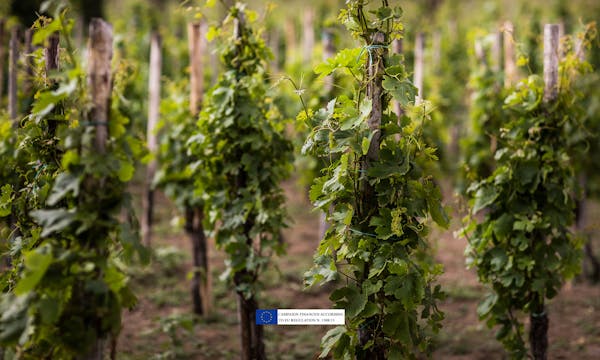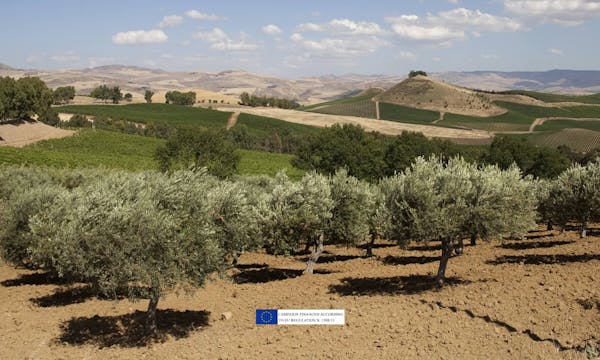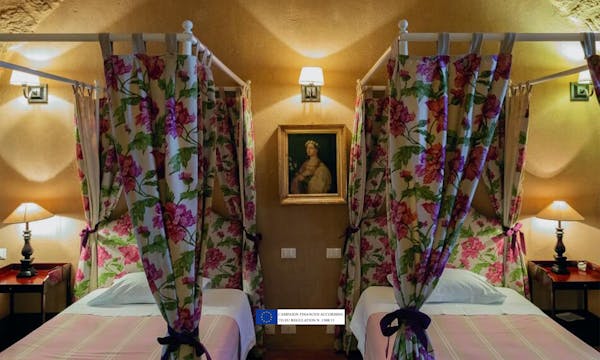Brunello the Italian dream
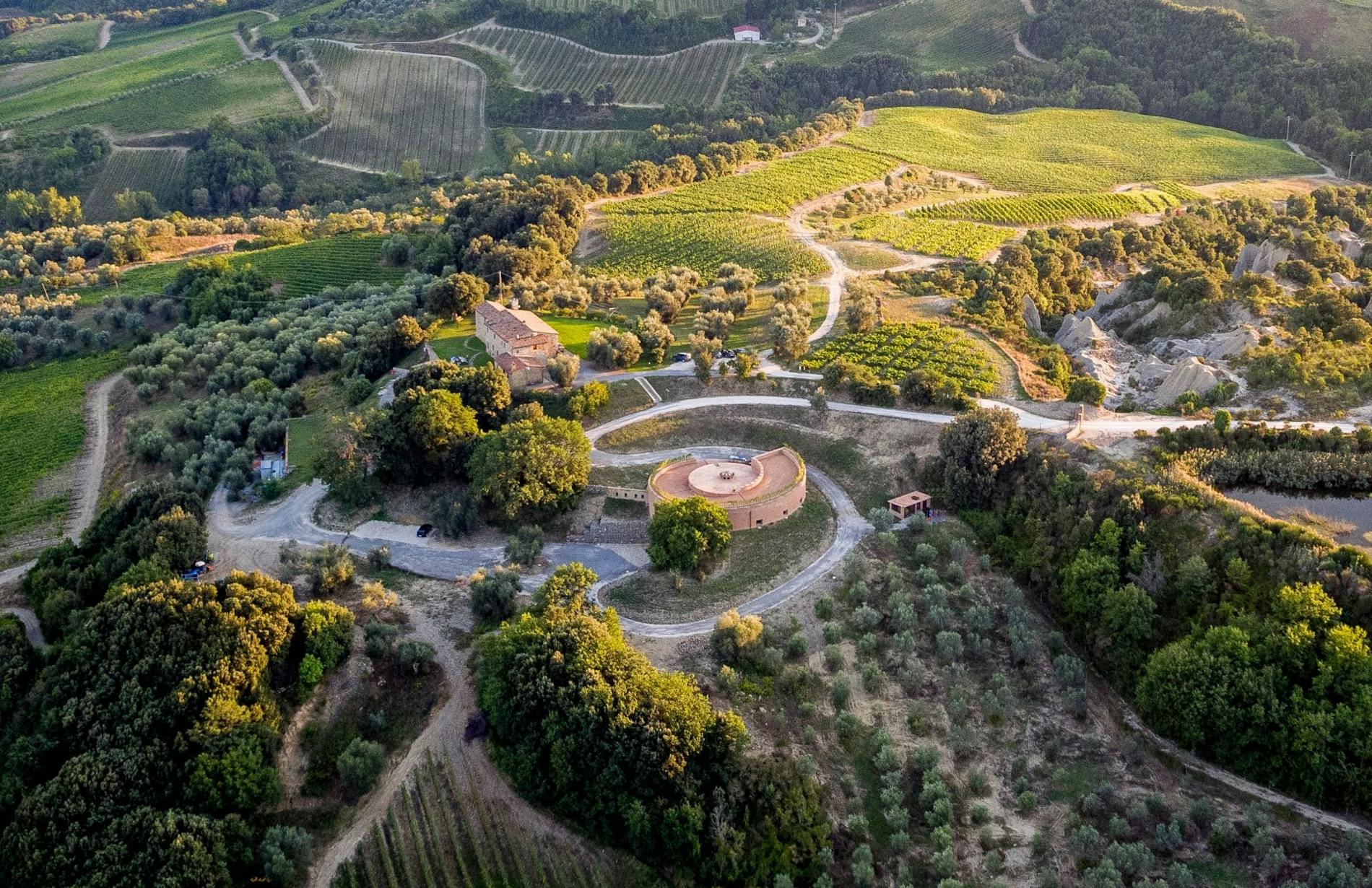
Montalcino offers an agricultural condition of incredible value due to the enormous biodiversity it takes advantage of, in fact, despite the incredible development of the past years and the enormous economic interests that revolve around this territory, only 15% of the surface is covered by vineyards. The remaining spaces are uncultivated, or woods, olive trees, etc. still today ...
In my opinion this is a unique aspect at national level, in fact, comparing Montalcino to wine-growing areas of similar fame, here there is no excess of monoculture, no destruction of the landscape or annihilation of the environment. All this thanks to excellent growth policies developed by producers and local authorities who have been able to license the production in favor of a greater search for quality and positioning, while protecting the environment.
At the same time, more and more producers are approaching organic farming, reaching about half of the total (in recent years even larger companies converted), to which 7-8 biodynamic wineries are added; choices that appear natural and perfectly aligned with the climatic conditions and the vocation of the hill, making organic conduct as simple as it is.
Making Brunello di Montalcino may seem simple, being a mono varietal wine with long aging, but it is far from easy, in fact the same long aging that allows us to enhance the territoriality and personality of this grape is the main technical challenge for the producers. Safeguarding freshness, energy and tannic-saline tension for all these years in the cellar can become a real puzzle, especially in most of the small Montalcino wineries; and from the enological point of view the difference is made mainly by the sensitivity of those who deal with wines and their ability to accompany this long period as a growth and not simply as a conservation that often, if badly managed, leads to an impoverishment of the wine.
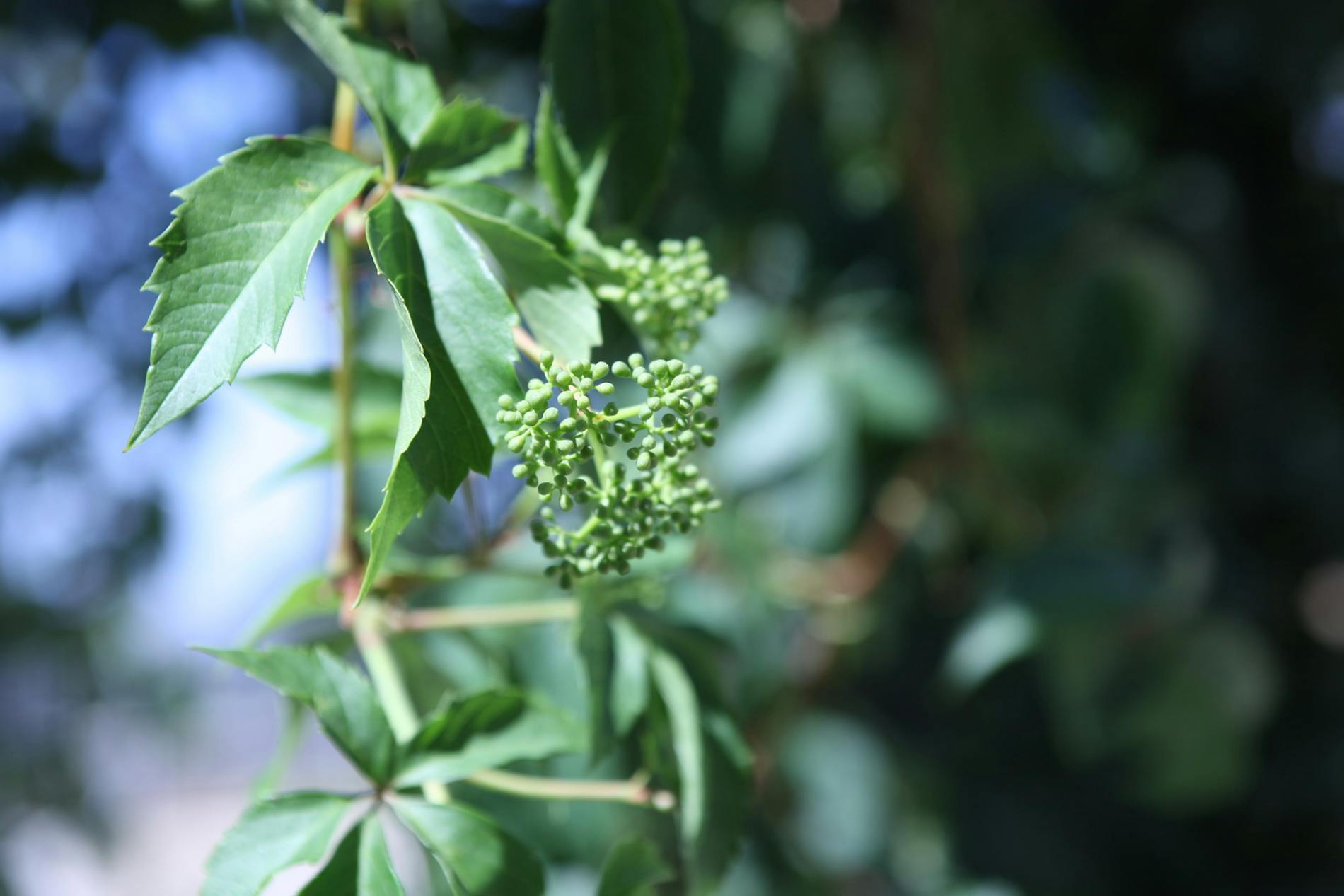
The winemakers are mainly divided between two fronts, the most faithful to traditions, very convinced supporters that Sangiovese only needs large barrels, and the modernists who welcome even smaller containers such as Barrique (225 litres) and Tonneaux (500 litres) often of French oak. And it is the size of the vessel intended for the aging of the wine that separates the stylistic code of the producer, not so much the origin of the wood used, although many associate the traditional style with Slavonian woods.
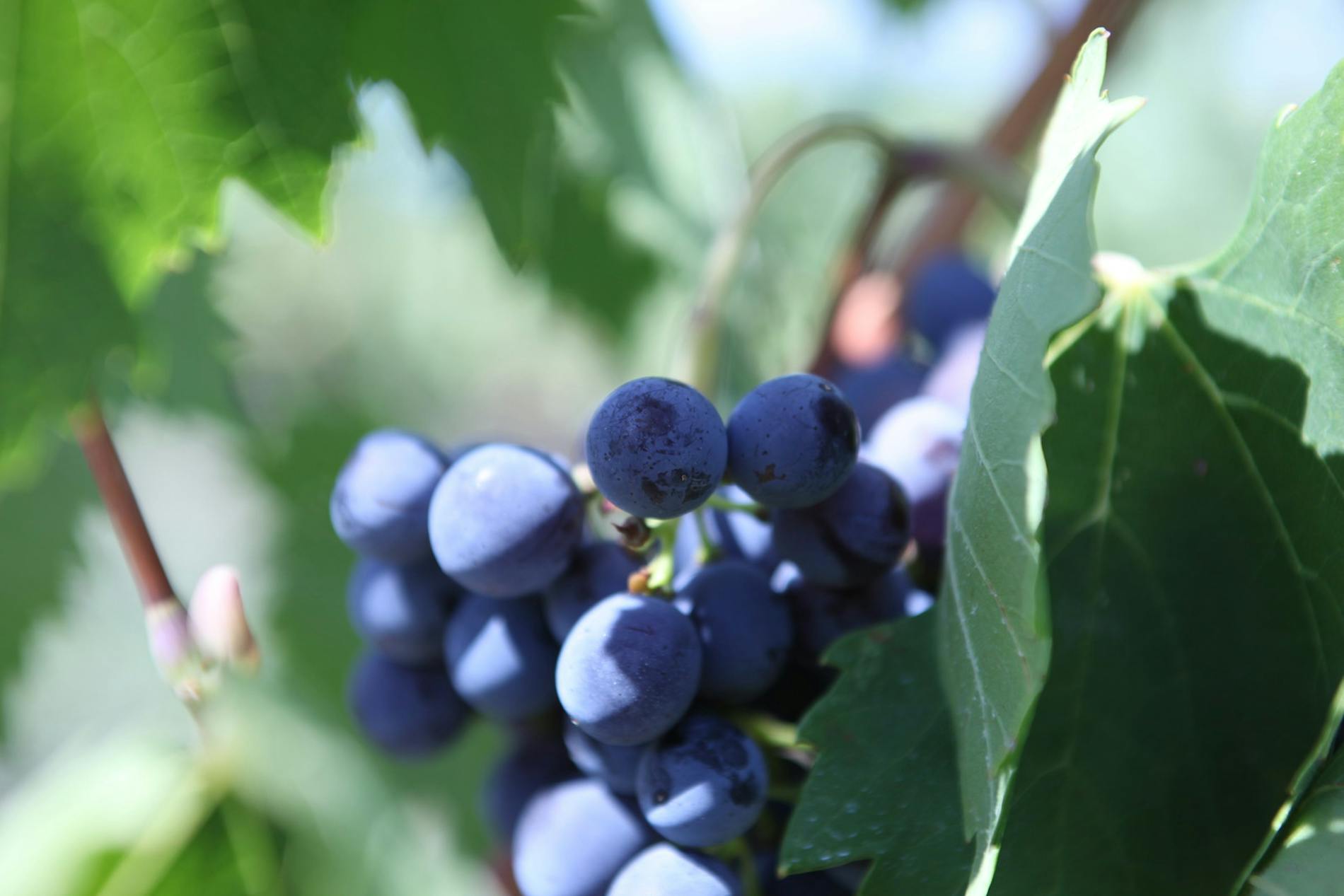
Seen from inside Montalcino offers a very vast and varied panorama with excellent representatives of all winemaking styles, from the most traditional to those who have embraced an innovative Brunello with more vigor, the feeling is however that the territory is not yet offering its maximum potential, since many producers still have to find their space on the stage of great wine; this is easily understood by looking at the wine lists and products that are really well positioned on the market, too often colonized by no more than 60 brands that are repeated from time to time. This is to say that the recent development of Montalcino and the Brunello boom has not yet been metabolized by the entire production community. We must not forget that here in 50 years there has been a radical socio-economic change, on one side we have small “native” families of former sharecroppers and on the other investors that are very new to the world of wine and are riding the “Brunello wave”. Much can still be done both from the qualitative and promotional point of view of the wine and the territory, certainly if there is an "Italian Dream" in Italy, Brunello is a candidate as one of the main case histories. Making Brunello also means having the media spotlight constantly on you, just think of the scores and evaluations that every year are systematically attributed to each product.
Such product that is constantly compared to the greatest wines in the world, and this translates into a general huge situation of expectations on the part of the market correlated to the winemaking plan of each winery. For this reason, compliance with the Brunello “Rule Book” (production relues that everyone must adhere to when producing Brunello), the choice of the oenological style, the agricultural philosophy (organic, conventional, biodynamic, etc.) are all stakes among which to orient oneself and finding your own space can take years.
In regards to Podere Le Ripi, I can tell you how here on the one hand we carry out a mighty biodynamic effort in the vineyard that pays us back more and more in terms of typicality and uniqueness in the glass, reciprocated by notable manifestations of warmth and appreciation from all the public, who has the priority to drink a natural or otherwise true wine; on the other hand we are still producers of Brunello di Montalcino and therefore we try to adhere and respond to the expectations relating the denomination and history of this wine, addressing an audience of consumers of large labels, often international, collectors, and more classic consumers who expect much from a wine that often reaches important figures in restaurants all over the world. In Montalcino the denomination has its weight and I think it is right to respect it, as we must be grateful and proud of where we have all arrived together and of the opportunity to highlight that this territory gives us.
